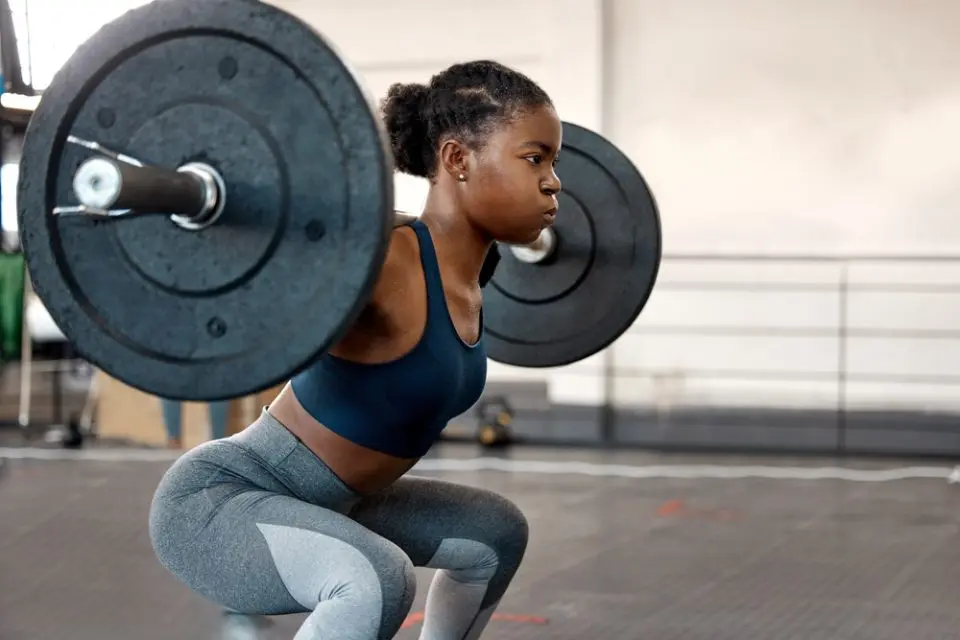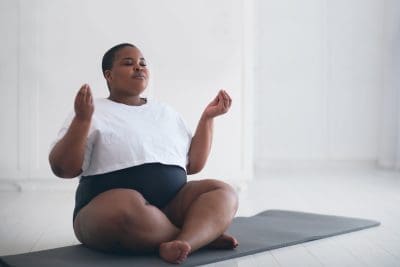Personal journey showcases strength training’s impact on health and vitality

Early fitness foundations
Building a lifelong commitment
The roots of a lifelong commitment to fitness often start with childhood experiences. Growing up in an active household where parents prioritized diverse forms of exercise laid a strong foundation for maintaining physical wellness throughout life. The lessons learned during those formative years, whether participating in Jane Fonda workouts with friends or cheering on parents in Ironman races, left an indelible impression. These early interactions fostered a deep appreciation for active living, emphasizing that fitness was not just an obligation but an essential, enjoyable part of life.
Navigating motherhood and movement
The role of exercise in a changing landscape
Motherhood introduces a host of challenges, particularly during winter months when isolation can be at its peak. For one woman, this period was marked by an increase in physical activity that transcended exercise alone. Running with a jogging stroller became a lifeline, turning every outing into an opportunity for physical and mental rejuvenation. Beyond the physical benefits, this routine proved that movement is intrinsically connected to emotional well-being. The simple act of running through the crisp winter air, with the rhythmic pounding of feet and the steadying presence of her child, transformed moments of solitude into powerful affirmations of strength and resilience.
Evolution through different life stages
Adapting to changing needs and goals
As the years passed, so too did the approach to fitness evolve, responding to the changing demands of life. From the early days of running to participating in bootcamp classes, each phase came with its unique challenges and rewards. The move to CrossFit marked another significant shift, testing both physical limits and mental fortitude. The beauty of this journey lies in the understanding that sustainability requires flexibility. No single approach suits all stages of life; adapting workouts to current needs has proven essential in creating a balanced and long-lasting fitness routine.
Adapting to hormonal changes
Reevaluating fitness goals during perimenopause
At 45, the onset of perimenopause brought about a dramatic shift in the body’s response to exercise. High-intensity workouts that had once been invigorating now felt taxing and, at times, counterproductive. This period underscored the importance of listening to one’s body and adjusting fitness routines accordingly. It became evident that while the pursuit of fitness goals remained strong, they needed to be recalibrated to align with new physical realities. Lower-intensity workouts and a focus on functional movements emerged as key elements of a new, sustainable approach. Embracing these changes led to a deeper understanding that fitness isn’t static; it’s a dynamic and responsive journey.
Strength training renaissance
A transformative approach at 49
A major turning point came at 49, when structured strength training became the cornerstone of her fitness regimen. This pivot wasn’t just about building muscle; it represented a comprehensive lifestyle shift. A commitment to strength training was paired with a higher protein intake and a conscious decision to maintain sobriety. This combination led to substantial physical improvements, showcasing that well-rounded, intentional changes can dramatically impact overall fitness. The focus on strength training helped maintain muscle mass, promote bone health, and boost metabolism—key factors for sustaining health well into midlife and beyond. This phase illuminated the power of a holistic approach, demonstrating that strength training isn’t just for athletes but is an essential practice for anyone at any age.
Professional evolution
From personal journey to professional expertise
At 50, what began as a personal fitness journey transformed into a professional calling. Becoming a certified personal trainer represented more than a career change; it marked the application of personal lessons to help others. This shift highlighted a significant gap in the fitness landscape: programs tailored for midlife women that address unique physical and hormonal changes. The training offered not only acknowledged but celebrated the needs of this demographic, emphasizing that fitness after 50 is as viable and essential as at any stage of life. This step underscored the value of shared experiences and the impact of transforming personal growth into professional empowerment.
Sustainable routine development
A well-rounded approach to long-term fitness
Today’s fitness routine embodies the balance between strength training, cardiovascular activity, and recovery periods. Each session is meticulously planned to ensure that the body is challenged without the risk of overtraining, underscoring the importance of listening to cues and adapting as needed. This approach demonstrates that consistency is key, but so is adaptability. The inclusion of activities that promote heart health, such as cycling or swimming, complements targeted strength training and allows for active recovery, whether through yoga or leisurely walks. This holistic strategy isn’t just about achieving short-term gains but about setting a foundation for long-term health and vitality.
The evolution from early fitness foundations to professional development and sustainable routines illustrates the profound impact of resilience and adaptability. Each stage, from running with a jogging stroller to embracing strength training in midlife, has built a comprehensive understanding of what it means to maintain health through the years. It’s a testament to the idea that fitness, far from being a rigid or fleeting pursuit, is a lifelong journey marked by adaptation, growth, and unwavering commitment to well-being.













